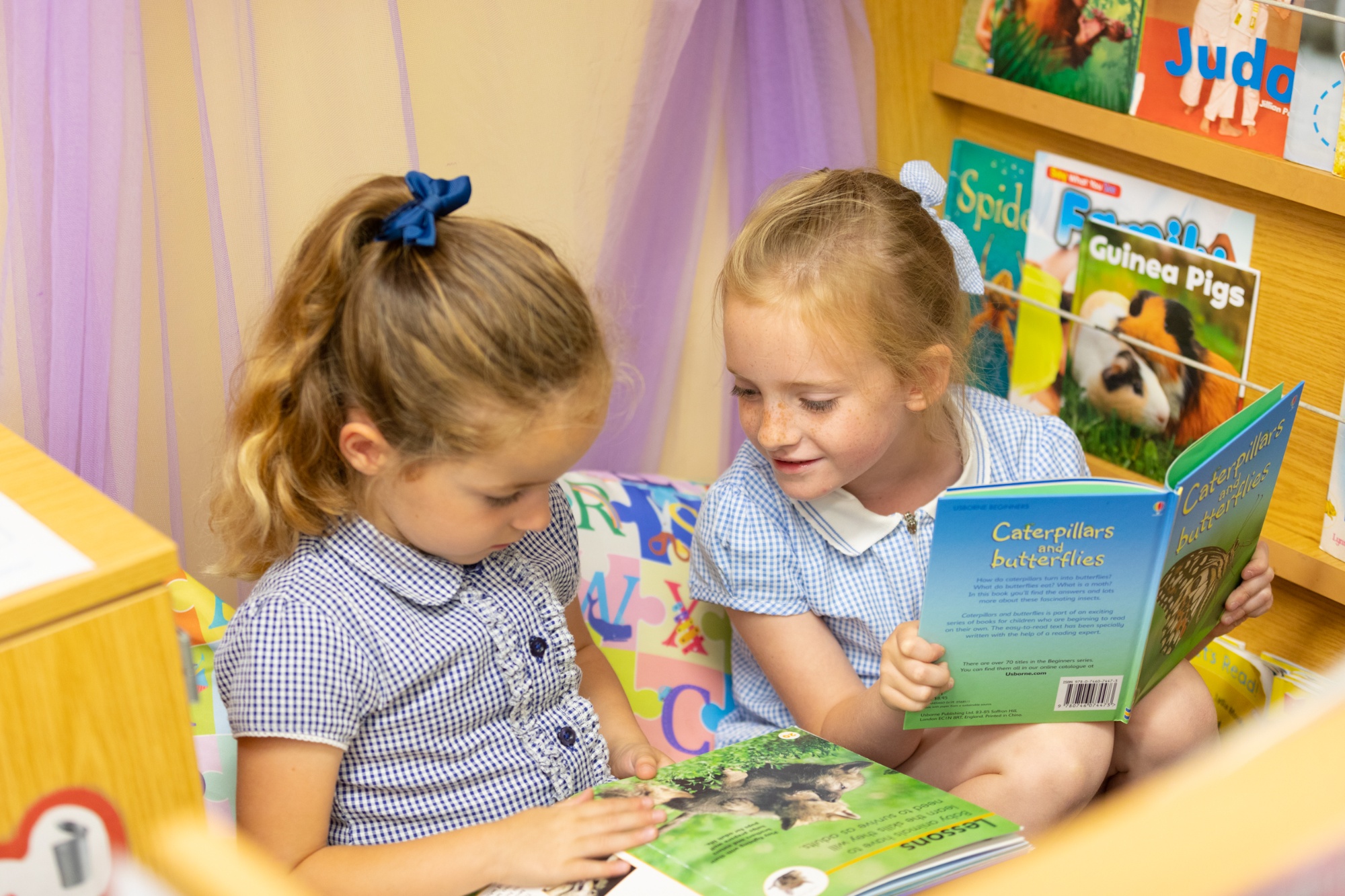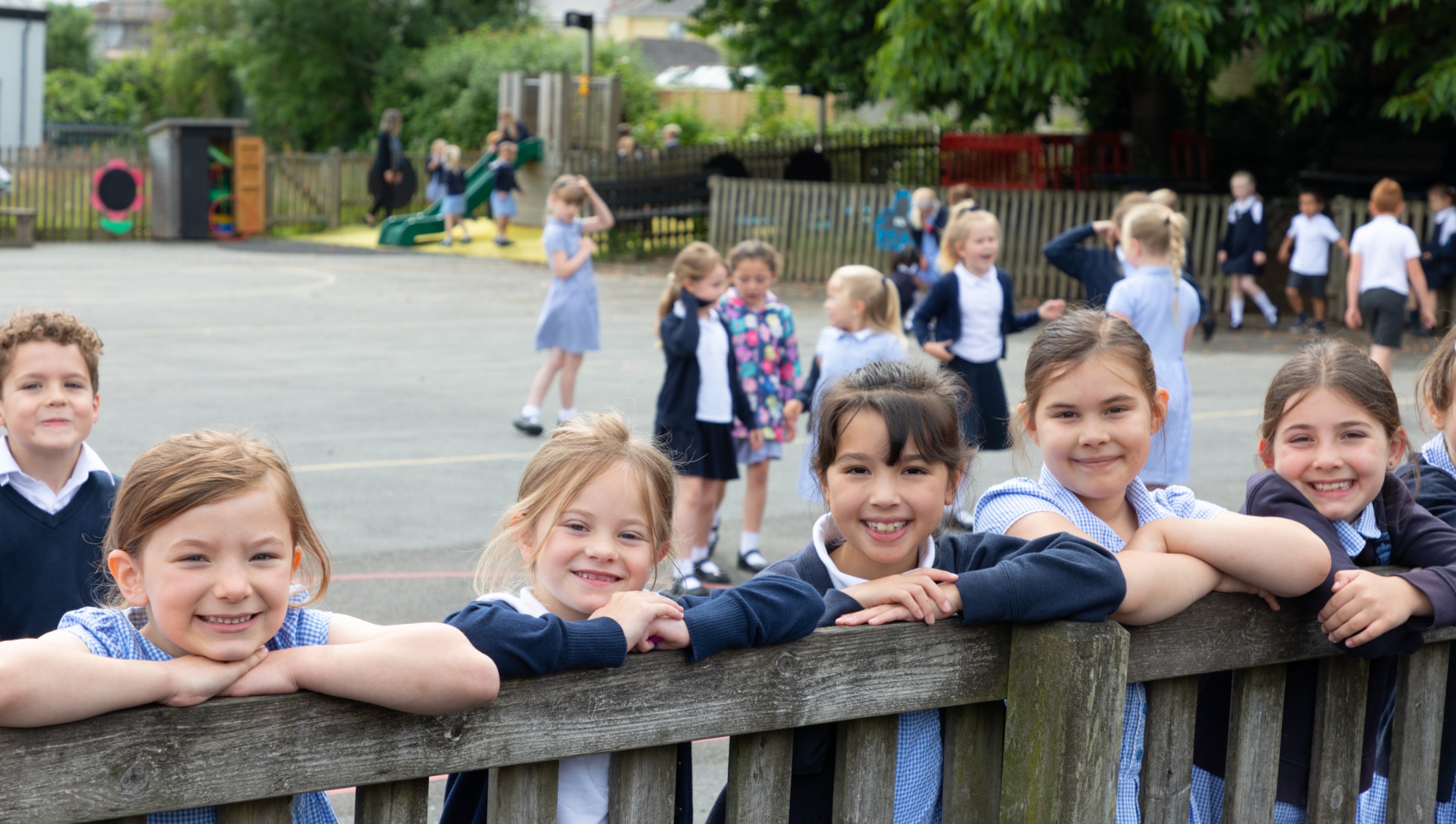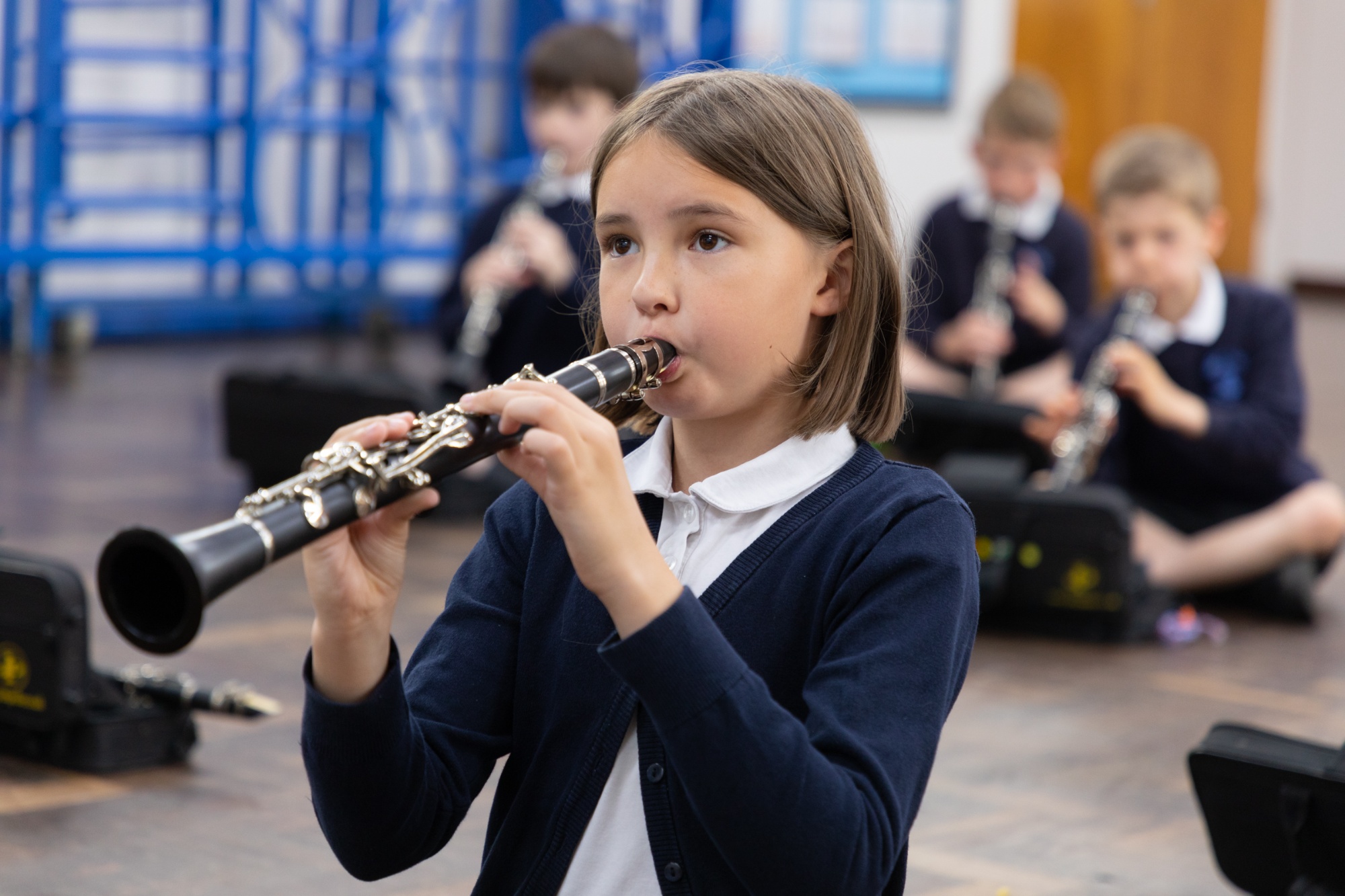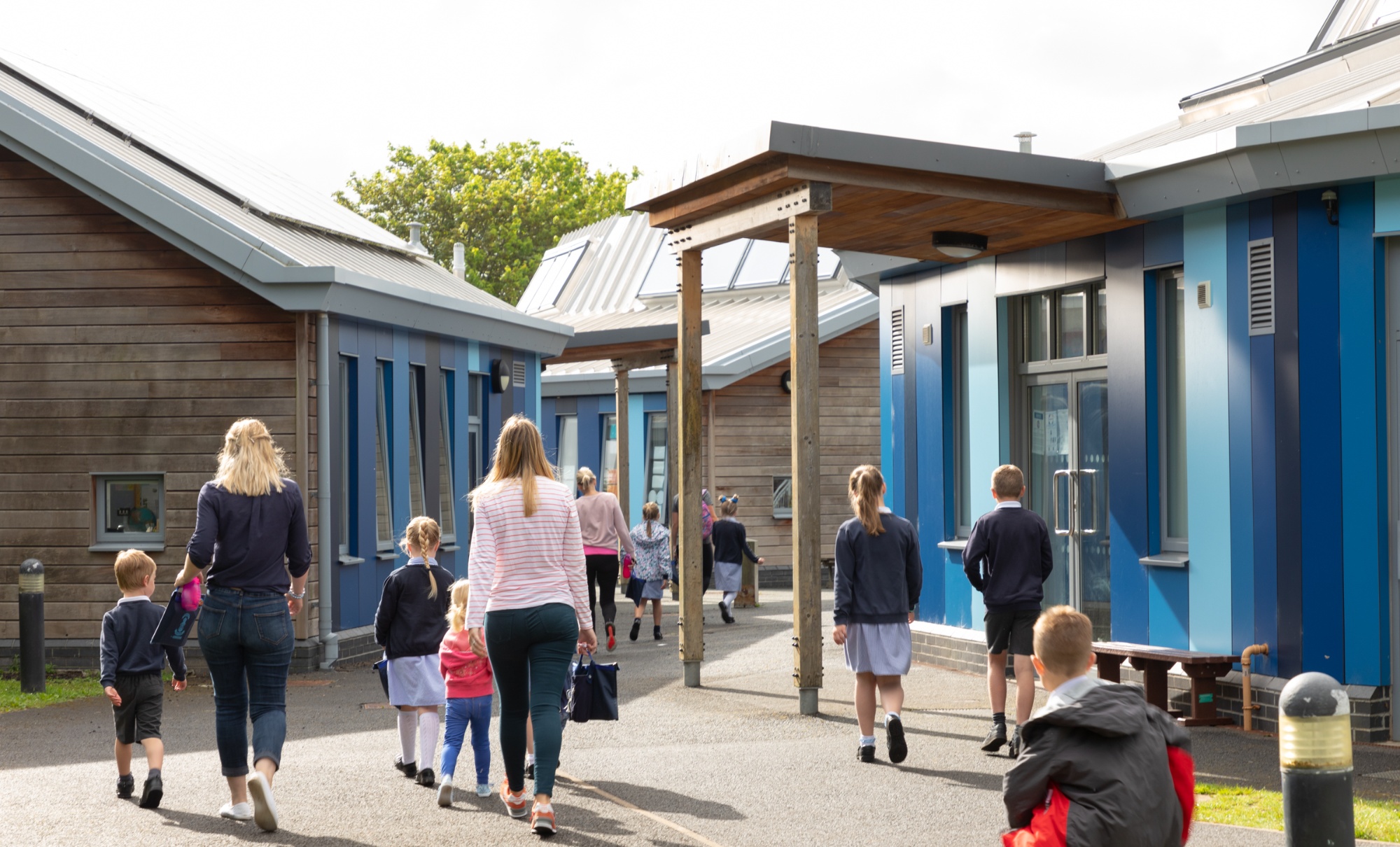English - Reading
 |
English Subject Lead - Andrew Sargeant andrewsargeant@boringdon.plymouth.sch.uk |
Boringdon Primary School Reading
Intent: At Boringdon, we want all children to learn to read with fluency and comprehension, regardless of their background, needs and abilities. We recognise that the ability to read with fluency and comprehension enriches children’s lives, underpins their academic progress in primary school and prepares them for secondary school and beyond. We also recognise that reading supports effective and accurate writing. Reading is integrated throughout the curriculum.
Our intent: Boringdon children quickly acquire fluent decoding skills so that they then have the cognitive capacity to focus on reading comprehension.
We use the Read Write Inc (RWI) scheme, overseen by our phonics lead, to deliver a synthetic phonics programme that enables the rapid acquisition and mastery of phonetic understanding. The scheme provides a comprehensive and systematic approach in which children connect new sounds, mnemonic images and phrases; constantly revisit prior learning; and explore RWI books that are linked to their classroom phonics. Each child takes home a weekly RWI ‘book bag’ book that links to the phonemes they are practising that week in class and a ‘black and white’ book which is a copy of that week's RWI focus book and is used to support the development of fluency and confidence.
Children quickly become familiar with the language and routines of RWI sessions (which are delivered in EYFS and Year 1) so that they have the cognitive capacity to take on new knowledge. They are assessed by the phonics lead every half-term so that they are taught at an appropriate level of challenge.
When children have completed the RWI scheme they move on to the AR reading scheme, as detailed below.
Our intent: Boringdon children are habitual readers who read and understand a wide variety of suitably-challenging books.
We use Accelerated Reader (AR) to assess children’s reading level each half term. Based on these assessments, we give each child a numerical reading range (such as 2.4 - 3.6) that guides them in identifying books within our library that are suitably challenging (each book is labelled with a reading level). We use our judgement and discretion so that children who are keen to read a book that falls above their reading range - such as books by a particular author that interests them - are allowed to do so. We also use the assessments to set reading targets for the children that are precisely matched to their reading level. Children make progress towards their target by reading books within their range and then taking an online comprehension quiz for each book that award points based on the book’s length and level of difficulty. The system is structured to reward accuracy, so that children who score 100% secure the maximum number of points available while those scoring less than 60% receive no points. The English Co-ordinator and class teachers monitor progress against targets each week and also review the range of books that children are reading. Children’s achievements in completing quizzes accurately and reaching their targets are widely rewarded and celebrated.
Our intent: We use assessment effectively so that we know where to focus our interventions
In addition to formative classroom assessment, we have two other methods of assessing children’s reading progress: AR tests and PIRA tests. AR tests allow children’s reading level to be analysed in different ways but we focus in particular on their reading age. The system allows us to track children’s reading age over the course of the academic year so that we can identify children who are not making sufficient progress (those children whose reading ages have not increased in line with their chronological ages). It also allows us to identify at an early stage which children are not on track to meet the age-related expectation by the end of Year 6: our analysis indicates that children entering Year 6 with a reading age of 10+ are highly likely to meet the expected standard for the end of KS2 and we therefore expect children to have a reading age of 10+ by the end of Y5, 9+ by the end of Y4 and 8+ by the end of Y3. PIRA tests are sat by the children three times each year and use a standardised score to determine whether a child is above, at, or below the age-related expectation. We cross reference PIRA and AR data so that we have a precise understanding of where support is most needed.
Our intent: We use assessment effectively so that we know how to focus our interventions
Once we have identified which children need support, we use AR and PIRA tests to analyse children’s strengths and weaknesses as readers. (Both tests generate a diagnostic report for each child that allows us to tailor our support accordingly.) We plan and review this support through pupil progress meetings that are overseen by the headteacher and also involve the SENCO, looking first at how we can use quality-first teaching (including pre-teaching) and whole-class guided reading approaches and then, if necessary, identifying interventions such as small-group support.
Our intent: The reading skills of Boringdon children are developed in a systematic way
Throughout KS1 and KS2, we also use a whole-class guided reading approach in which each lesson allows children to practise national curriculum skills (such as summary and prediction) before focusing explicitly on four core skills that underpin comprehension (explaining the meaning or words, retrieving information, making inferences and analysing the choices that writers make). Teachers read and model the reading process and give children the chance to read out loud to develop their fluency and comprehension. The sessions cover fiction and are pitched at a level that is just above the more able readers’ independent comprehension so that the teacher is constantly helping children develop their skills and understanding. Teachers model the skills of reading before the children practise the particular skill in focus. Specific vocabulary linked to the text are taught to the children. Children quickly become familiar with the skills and routines of whole-class guided reading sessions so that they have the cognitive capacity to focus on comprehension.
Our intent: Boringdon children develop reading and writing skills simultaneously
Our writing sequences are based around high-quality texts that expose the children to a range of fiction, non-fiction and poetry. The first phase of each sequence involves the children participating in a range of reading activities so that, for example, they can predict what might happen in the story based on the opening chapter or can summarise key elements of the plot. The sequence also involves the children ‘reading as writers’ so that they analyse the choices that the author has made and how they have applied aspects of grammar or punctuation to create effective writing. Children are similarly encouraged to read and evaluate their own work and that of their peers so that they develop critical reading skills.
Our intent: Boringdon children acquire a cross-curricular vocabulary that covers ambitious, technical and subject-specific language
Within each of our English units, we identify ambitious and/or technical vocabulary linked to the source text and integrate lessons and segments within our sequences that help children to understand, spell and apply this vocabulary in their independent writing.
In foundation subjects, we identify within our planning format the subject-specific and/or technical vocabulary we want the children to acquire. We spend time within our sequences reviewing and applying that vocabulary with the children so that they can use it confidently in their independent writing.


